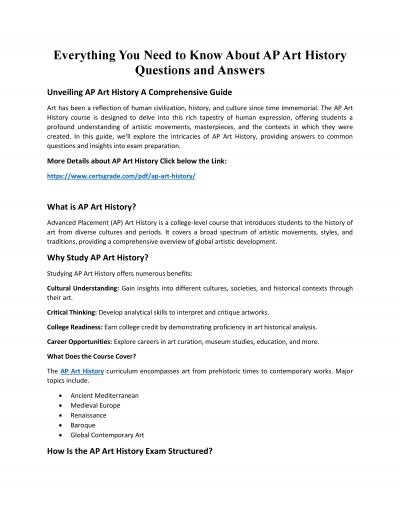PPT-WHY STUDY OB Outline History of OB
Author : pamella-moone | Published Date : 2018-02-20
What are organizations Why do organizations exist The role of OB Definition of OB Meaning of OB Foundations of OB Approaches to OB Importance of OB Emerging Challenges
Presentation Embed Code
Download Presentation
Download Presentation The PPT/PDF document "WHY STUDY OB Outline History of OB" is the property of its rightful owner. Permission is granted to download and print the materials on this website for personal, non-commercial use only, and to display it on your personal computer provided you do not modify the materials and that you retain all copyright notices contained in the materials. By downloading content from our website, you accept the terms of this agreement.
WHY STUDY OB Outline History of OB: Transcript
Download Rules Of Document
"WHY STUDY OB Outline History of OB"The content belongs to its owner. You may download and print it for personal use, without modification, and keep all copyright notices. By downloading, you agree to these terms.
Related Documents

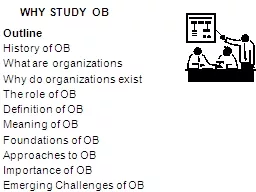
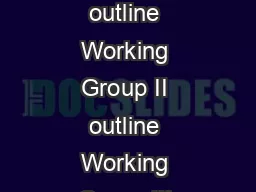
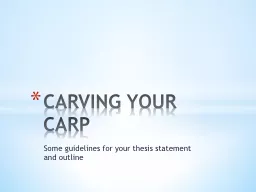

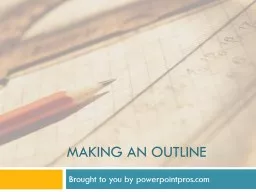
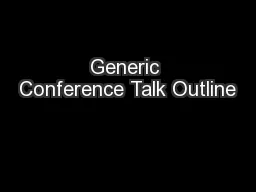

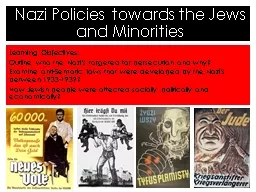
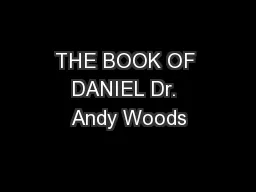

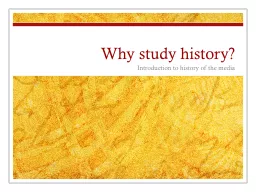
![[BOOK]-Status: Why Is It Everywhere? Why Does It Matter?: Why Is It Everywhere? Why Does](https://thumbs.docslides.com/956296/book-status-why-is-it-everywhere-why-does-it-matter-why-is-it-everywhere-why-does-it-matter.jpg)

